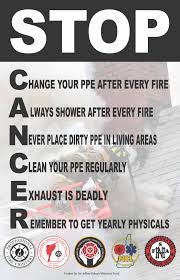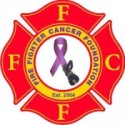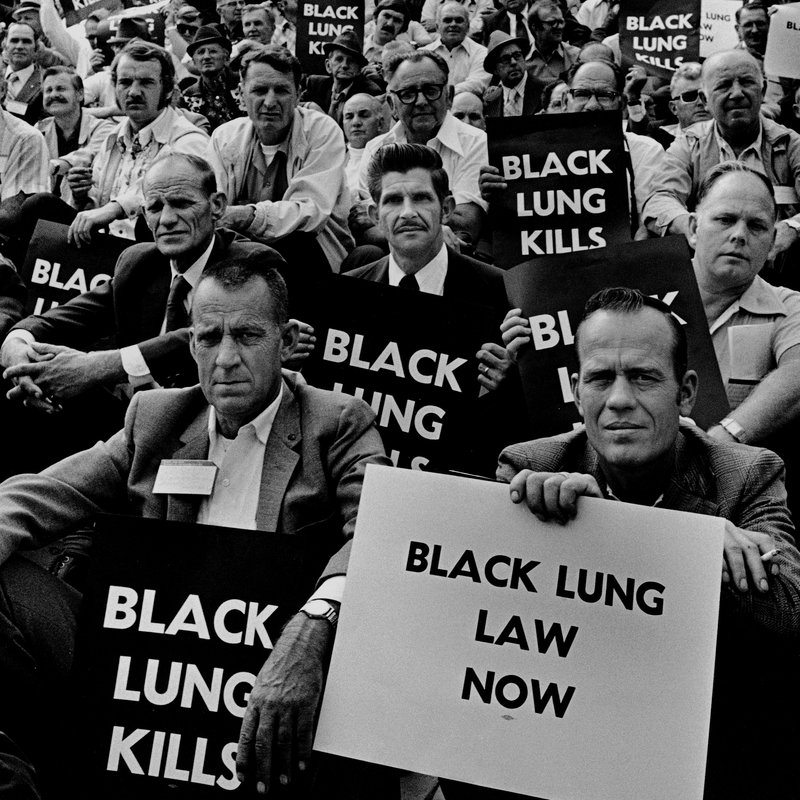Update: This post originally appeared on April 8, 2019. Given the “uptick” in news stories about firefighter cancer claims for Worker’s Compensation benefits being denied or fought for, I felt it worthy of a “rebroadcast.”
By: Robert Avsec, Executive Fire Officer
My fire service colleague, author, attorney, and Fire Chief, Curt Verone, and I agree on many issues facing the fire. But on one important issue, firefighter cancer presumption legislation, I must respectfully disagree with him.
In a recent piece for Firehouse magazine, Verone wrote that adopting firefighter cancer presumption legislation was a better alternative for the fire service then continuing efforts to conclusively connect firefighter cancer to the hazards present during interior structural firefighting.

According to Verone, the data exists that suggests an increased risk of firefighters developing certain types of cancer as a result of their job. But that data is not so conclusive that it can stand up in court to show that for a given cancer in a firefighter there is a causal relationship to the firefighter’s job.
That is not to say there is no data or even a lack of data. There is good data, and there are a lot of explanations about why the current data will probably never be conclusive enough for a court, but the bottom line is we do not have the kind data that a court would require to prove that a given cancer in a given firefighter is job related. That, in a nutshell, is the very reason why presumption laws are necessary in the first place. (Verone, 2019)
Chief Verone explains things in much greater detail and makes it all much clearer than I could in his article so I strongly encourage you to read it if you haven’t already.
Rather, my point today is that the social compromise that Chief Verone points toward is not the silver bullet many in the fire service believe it to be.

Under the social compromise approach, city officials and firefighters acknowledge an undeniable truth: Firefighters are routinely exposed to carcinogens in the course of their duties. Firefighters understand that as part of their employment, they will repeatedly be exposed to cancer-causing agents and conditions.
In exchange, the community agrees that if a firefighter develops cancer, it will be treated as a line-of-duty injury/illness. The agreement is a social compromise that is not dependent upon the cancer-causation data, but rather is focused on the risk. (Verone, 2019)
We’ve seen this before
One needs to look no further than the plight of coal miners in the U.S. to see how a social compromise can erode over time. Recent news articles are once again detailing efforts, that according to coal miners, to reduce and even cut their black lung benefits (e.g., medical care, screenings, and job disability payments).

What the United Mine Workers, the coal industry, and the federal government entered into was a social compromise as described by Chief Verone. Decades ago, those parties likely agreed that coal mining presented a risk for coal miners to develop black lung disease. They also agreed that it would be to be in everyone’s best interest to presume that if a person was a coal miner, and they develop black lung, it was because they worked underground in a coal mine where they were routinely exposed to coal dust and silica from the mining process.
But as we are now seeing, as the coal industry continues to decline in the U.S. companies are losing revenue and increasingly looking to reduce their costs to remain profitable. The federal government (Which is always losing money IMHO) is looking to cut expenditures in the federal budget and typically has does so for a couple of reasons, neither of which have to do with money:
1. Target a diminishing constituency for cuts to ensure less overall resistance (Fewer coal miners means less opposition).
2. But target the same diminishing constituency because they’re vocal and can be used to rally a political party’s base of voters (Coal miners make a great visual for a politician working to get the vote of working people).
Is a sign of things to come?
Firefighters will very well find themselves in the same position in the future as a growing number of firefighters develop cancer from doing their job.
Local and state governments will find themselves being crushed financially paying for cancer-related treatment and cancer-related deaths prompted by firefighter cancer presumption laws. When that happens, we should not be surprised when efforts begin to reduce or even dissolve the social compromise between firefighters in those governments.
What’s the alternative?
Stop exposing firefighters to known cancer risks without the proper personal protective equipment (PPE)!

This is for all my fellow firefighters out there…the picture below is the undershirt I was wearing from the fire we had yesterday. It wasn’t a huge fire but very smokey from all the plastics and whatever else was burning. Keep in mind this is my undershirt…I was also wearing my Class B button down shirt over this and my turnout coat buttoned all the way up (no lie) and my hood.–FF Sean Hogan, Everett (Mass.) Fire Department
We don’t commit people to work at a hazardous materials incident without the appropriate PPE, right? And in most of those cases we’re dealing with one or two known chemicals for which we can research the hazards, identify the risks, select the appropriate PPE, determine work periods, decontamination procedures and all the rest of the things necessary for a safe, effective, and efficient response.
Yet we’re somehow OK with putting fire fighters of varying skill levels and varying years of experience into a hazardous materials environment (interior structural firefighting) where the number of toxic chemicals, chemical compounds, and carcinogens are unknown and where many of those toxic chemical compounds don’t even form until combustion is underway.
And we’re putting them into that environment wearing a protective ensemble that’s been designed to protect them from the thermal hazards, the moisture (steam) hazard, and the physical hazards (cuts and scrapes) they confront during interior structural firefighting.
But we’re also putting them into that environment wearing a protective ensemble that’s never been designed to protect them from the gases (most of those toxic chemicals, chemical compounds, and carcinogens are in a gaseous) that envelope them the entire time they are in the hazard area.
There’s got to be a better way than current politicians making a promise to firefighters that future politicians can’t (Or won’t) stick to.
 Fire & EMS Leader Pro The job of old firefighters is to teach young firefighters how to become old firefighters!
Fire & EMS Leader Pro The job of old firefighters is to teach young firefighters how to become old firefighters!